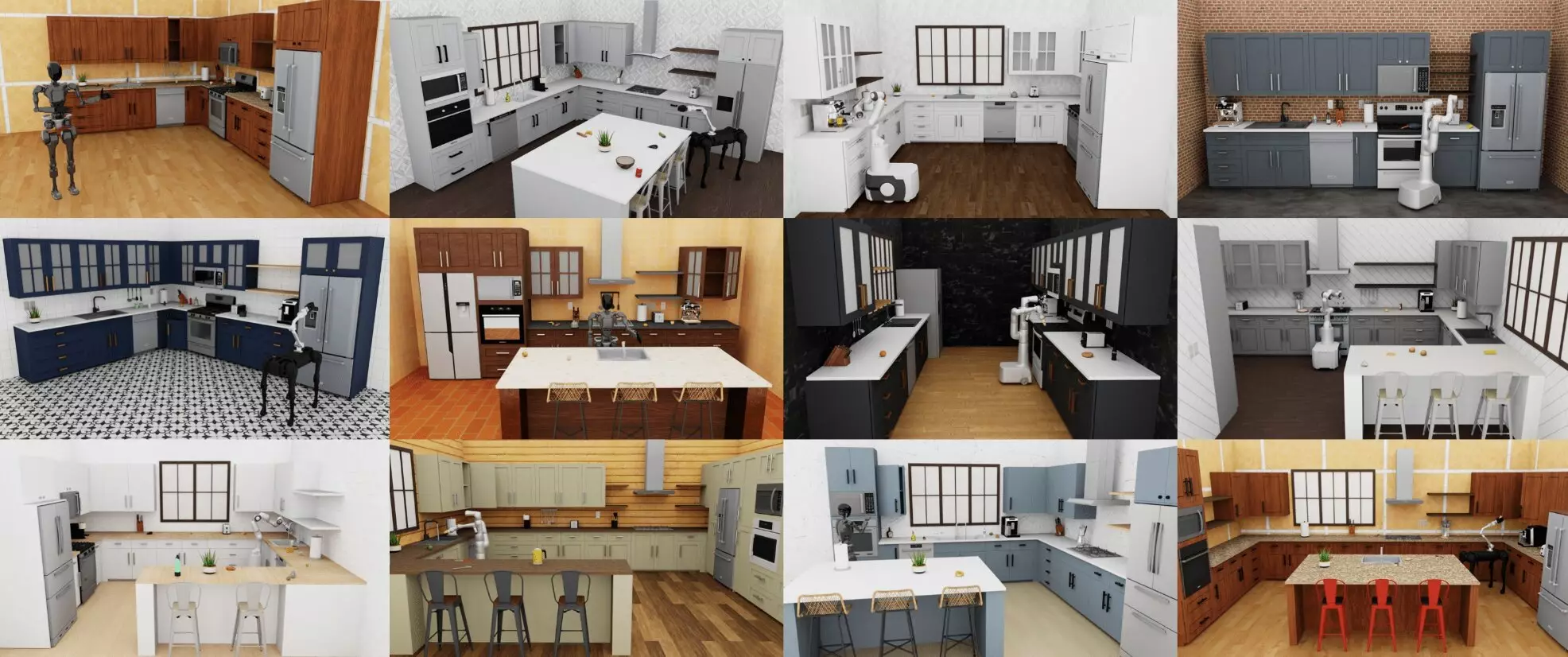The realm of artificial intelligence (AI) has seen significant progress in recent years, particularly in the development of large computational models for natural language processing (NLP) and computer vision algorithms. The driving force behind this progress has been the exponential growth of datasets used to train these algorithms, with hundreds of thousands of images and texts being collected from various sources online. However, the same cannot be said for training data related to robot control and planning algorithms, as acquiring such data is not as straightforward.
In an attempt to address this gap in training data for robotics applications, researchers at the University of Texas at Austin and NVIDIA Research have introduced a new platform known as RoboCasa. This platform, detailed in a recent paper pre-published on the server arXiv, is set to be presented at the Robotics: Science and Systems 2024 conference. RoboCasa aims to be a large-scale simulation framework that can train generalist robots to perform a variety of tasks in everyday settings.
Development of RoboCasa
The primary goal of the team behind RoboCasa was to create an open-source simulation platform that could facilitate the training of robotics algorithms. Building upon their previous work on RoboSuite, the team leveraged generative AI tools to create diverse object assets, scenes, and tasks within RoboCasa. This approach significantly enhanced the realism and diversity of the simulated world, supporting various robot hardware platforms and providing large datasets with over 100,000 trajectories for model training.
Features of RoboCasa
RoboCasa comprises thousands of 3D scenes containing a wide range of everyday objects, furniture items, and electrical appliances. The platform’s simulations are highly realistic, thanks to the integration of generative AI tools. Moreover, the team designed 100 tasks for robotics algorithms to train on, complete with high-quality human demonstrations. RoboCasa also includes methods to generate effective trajectories and motions for robots to accomplish these tasks.
Key Findings and Success of RoboCasa
One of the most exciting findings from the development of RoboCasa was the scaling trend observed in the model’s performance as the size of the training datasets increased. Additionally, combining simulation data with real-world data led to an enhancement in the robot’s performance when executing real-world tasks. Initial experiments with the platform demonstrated its effectiveness in generating synthetic training data for training imitation learning algorithms, showcasing the potential of simulation data in training AI models for robotics applications.
RoboCasa is open-source, allowing other teams to leverage the platform for their research and experimentation. Moving forward, the researchers behind RoboCasa plan to incorporate more advanced generative AI methods to further expand the simulations, capturing the variety and richness of human-centered environments, such as homes, factories, and offices. This ongoing development aims to facilitate the widespread use of RoboCasa within the robotics community and drive continued advancements in AI training data for robotics applications.


Leave a Reply